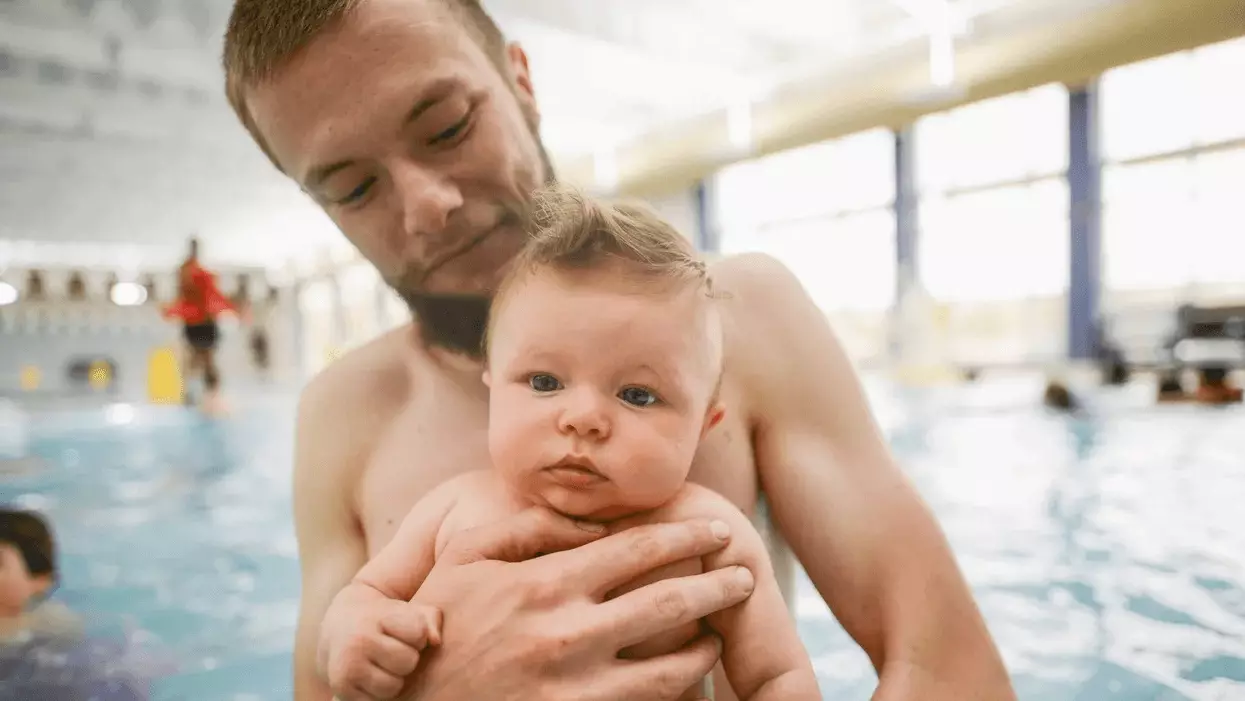Swimming is more than just a fun activity; it is a vital skill that can save lives. As drowning remains one of the leading causes of accidental death among children, understanding when and how to introduce swimming lessons is critical for every parent. While the notion of teaching infants to swim may sound premature, recent guidelines provide new insights that can help parents make informed decisions.
When to Start Swimming Lessons
The American Academy of Pediatrics (AAP) has provided recommendations on the right age for swimming lessons, suggesting that children as young as one year old can start benefitting from them. This guidance highlights the importance of exposure to water at an early age. In a comprehensive policy statement released in 2019, the AAP advocates for lessons after the child’s first birthday. However, it is crucial to note that readiness can vary significantly from child to child. As such, some children might not be prepared until they are at least four years old. This flexibility acknowledges the different rates of physical, emotional, and cognitive development among toddlers.
Parents should consider their child’s unique characteristics—such as their comfort in water and physical abilities—when deciding the right time for lessons. Understanding these nuances makes the decision more personalized and effective.
While many parents are eager to enroll their infants in swimming programs, the AAP asserts that there is no conclusive evidence that swimming lessons for those under one year of age significantly reduce drowning risks. However, parent-child aquatic programs can help both parties acclimate to the water environment, hence paving the way for more formal lessons later on.
In engaging with water, children develop familiarity and comfort, which are essential for cultivating a positive attitude toward swimming. This emotional groundwork is often more beneficial than any skills taught at that age.
It’s vital to stress that while swimming lessons can aid in water safety, they do not eliminate the risk of drowning. The AAP emphasizes that consistent adult supervision is critical, particularly for children aged one to four, who are at highest risk of drowning due to their inherent curiosity. This means that even with swimming skills, constant vigilance is required; adults should always be within arm’s reach of young children when they are near water.
Further protective measures include installing safety barriers like four-foot isolation fences around pools, which can prevent unsupervised access. These safety measures go hand-in-hand with swim education, creating a comprehensive approach to water safety.
Water safety extends beyond merely attending swimming lessons; it encompasses proactive strategies to supervise and protect children effectively. For example, parents visiting homes or public areas with pools should check for basic safety features, such as functional pool fences and secured gates. Planning and preparedness can make the difference between safety and tragedy.
Training in CPR is another critical aspect of water safety for families. By knowing how to respond in an emergency, caregivers can act swiftly in potentially lifesaving situations. Additionally, designating a “watcher” during pool activities, where adults take turns to fully monitor children, can offer another layer of security.
When enjoying natural bodies of water, such as lakes or beaches, it is advisable to choose locations supervised by lifeguards. This ensures an extra layer of safety during outdoor water-related activities. Furthermore, parents can educate their children about the dangers of open water—even in winter when ice may cover it, caution is still necessary.
Accessibility of Swimming Lessons
The cost of swimming lessons can be a barrier for many families. Fortunately, various scholarship programs are often available through local public pools, which can help alleviate financial constraints. This support ensures that swimming lessons can be accessible to a broader audience, allowing more children to benefit from vital water safety skills.
Integrating swimming lessons into a child’s early development is not simply a fun activity; it is an essential safety skill that should be approached thoughtfully and proactively. By understanding the right time to begin lessons, recognizing the limits of swim education, and complementing this with vigilant supervision and safety measures, families can promote a safer aquatic experience for their children.

